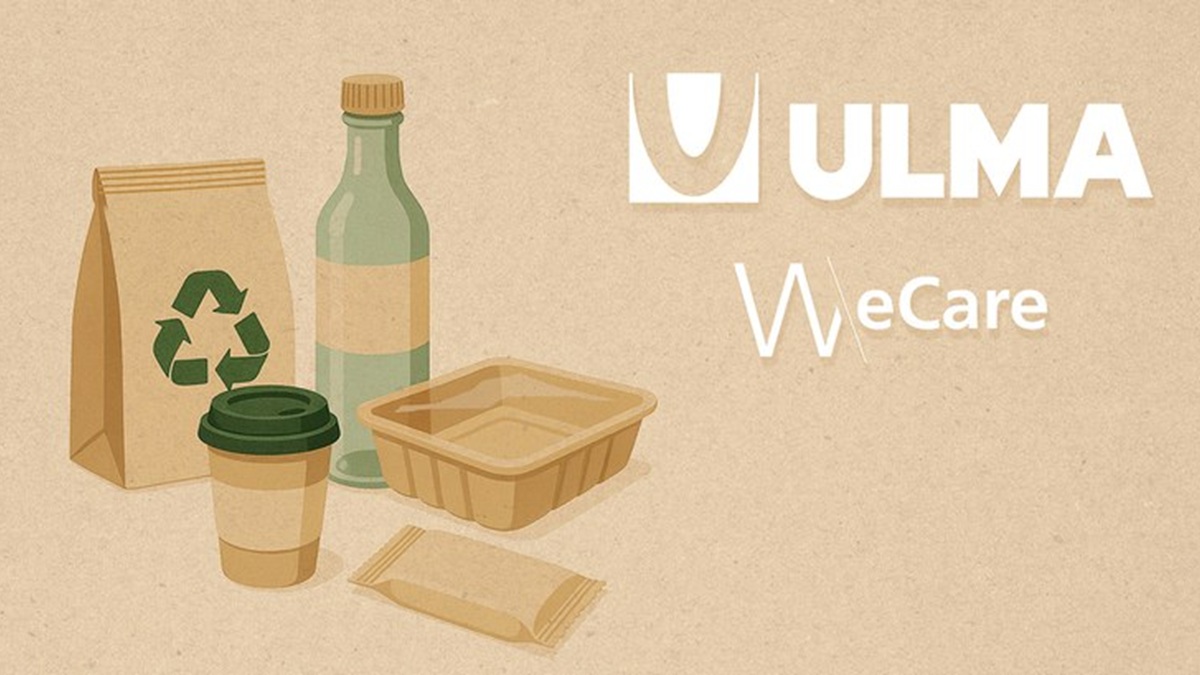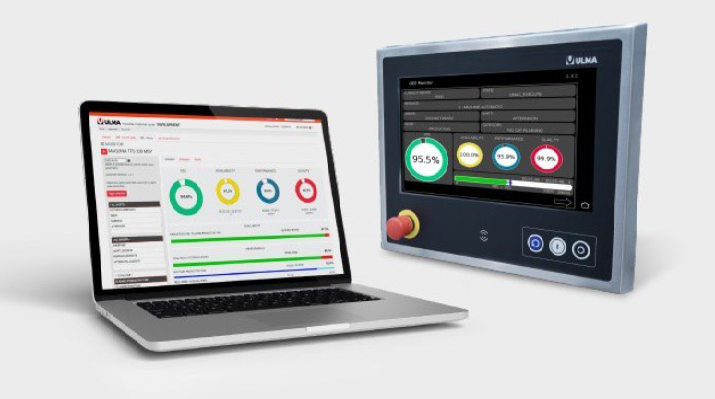Packaging
Time to protect your produce, peace of mind and bottom line!
Our current situation has placed a strain on the fresh food supply chain. Issues like border restrictions and workforce shortages have caused increased delays in the fresh produce trade causing large shipment of fresh produce to sit for prolonged periods of time. From the time produce is picked on a farm to when it?s eaten there?s a race against time. The tried, tested, and accepted way of packaging produce in the U.S. is not to package it at all. Most fruits and vegetables make their way through the food chain in crates, totes, cartons or some sort of vessel for distribution. This method of transporting produce through the supply chain, from farm to table, can (and does) expose the produce to germs and spoilage, ultimately resulting in health risks and unnecessary waste.
17 July, 2020
Our current situation has placed a strain on the fresh food supply chain. Issues like border restrictions and workforce shortages have caused increased delays in the fresh produce trade causing large shipment of fresh produce to sit for prolonged periods of time. From the time produce is picked on a farm to when its eaten theres a race against time. The tried, tested, and accepted way of packaging produce in the U.S. is not to package it at all. Most fruits and vegetables make their way through the food chain in crates, totes, cartons or some sort of vessel for distribution. This method of transporting produce through the supply chain, from farm to table, can (and does) expose the produce to germs and spoilage, ultimately resulting in health risks and unnecessary waste. Potential safety risks If the contents make it through shipping unharmed, the produce is unpacked and displayed for purchase by customers. This presentation of loose produce in the grocery department increases the potential for spreading germs exponentially. Germs that can be transferred on surfaces are bacteria, viruses, fungi, and protozoa. Each time a consumer picks up the product to inspect it is another opportunity for contamination and as we have learned lately simply breathing can release droplets of viruses. Because of COVID-19, packers of fruits and vegetables are taking a fresh look at primary packaging to preserve and protect their valuable commodities and the public at the same time. Consumers are purchasing more packaged foods because it is seen as the most sanitary and safe option. In a survey done by Foodinsight.org about concerns involving grocery shopping amid the pandemic, they found that four in 10 consumers are purchasing more packaged food. Whether concerns about unpackaged produce allowing the spread of viruses are founded or not, consumers have spoken and prefer packaged food. Two sides of the ever-diminishing coinAs described above, loose produce is exposed to harsh transportation environments and is protected by little more than its neighboring counterpart. Conditions in transportation are rarely consistent and include many variables which effect the safe arrival of the contents. Abrupt changes in temperature and moisture, inferior loading and unloading practices, unsanitary loading areas, vibration, insects and other factors have a direct result in what percent of the produce makes it to market. In part because of these harsh shipping conditions, farmers sustain crop loss at an alarming rate resulting in shrinking profits and an inefficient use of resources. First, consider that only 70% of all produce packed in these shipping containers makes it to the market intact and are approved for sale. That equates to a loss of approximately 30% or 66,500,000 tons of produce totaling 161 billion dollars in lost revenue according to the USDA. Secondly, consider the fact that once the consumer gets their produce home, 35%-50% of fresh fruits and vegetable are discarded. That means after an exhaustive supply chain journey from farm to kitchen, potentially 50% of produce that is purchased is wasted. The main reason that consumers discard their produce is that is has spoiled on their countertops and refrigerators. So, lets do the math; 70% of farmers efforts makes it to market, of that, half is wasted by consumers leaving just 35% being consumed by Americans. Imagine the money spent in labor, transportation, storage, utilities (water, power, gas), processing and administration and for what, a third of their efforts? What can be done? Here we are addressing two major concerns, safety and waste. According to the Encyclopedia of World Problems and Human Potential, some of the most important (improvements) are investment in better packaging materials and transport facilities; and more effort to modernize the organization of wholesale and retail distribution." The supply chain of bringing fruits and vegetables to market must be analyzed and addressed to put an end to waste and safety concerns. Since each grower operates differently, an internal audit of the processes must be undergone. But the main problem is that the produce is not being handled or protected in a manner that ensures grower profits and public health. The purpose of primary packaging is to protect its contents from damage, atmospheric changes, bruising, marring, tampering, insects and contamination. By virtue of its nature, packaging and the processes around gently handling each piece of produce will immediately and drastically decrease harm to the product. Not only will packaging protect products from farm to grocer, but it will continue to protect and preserve products well after purchase.












